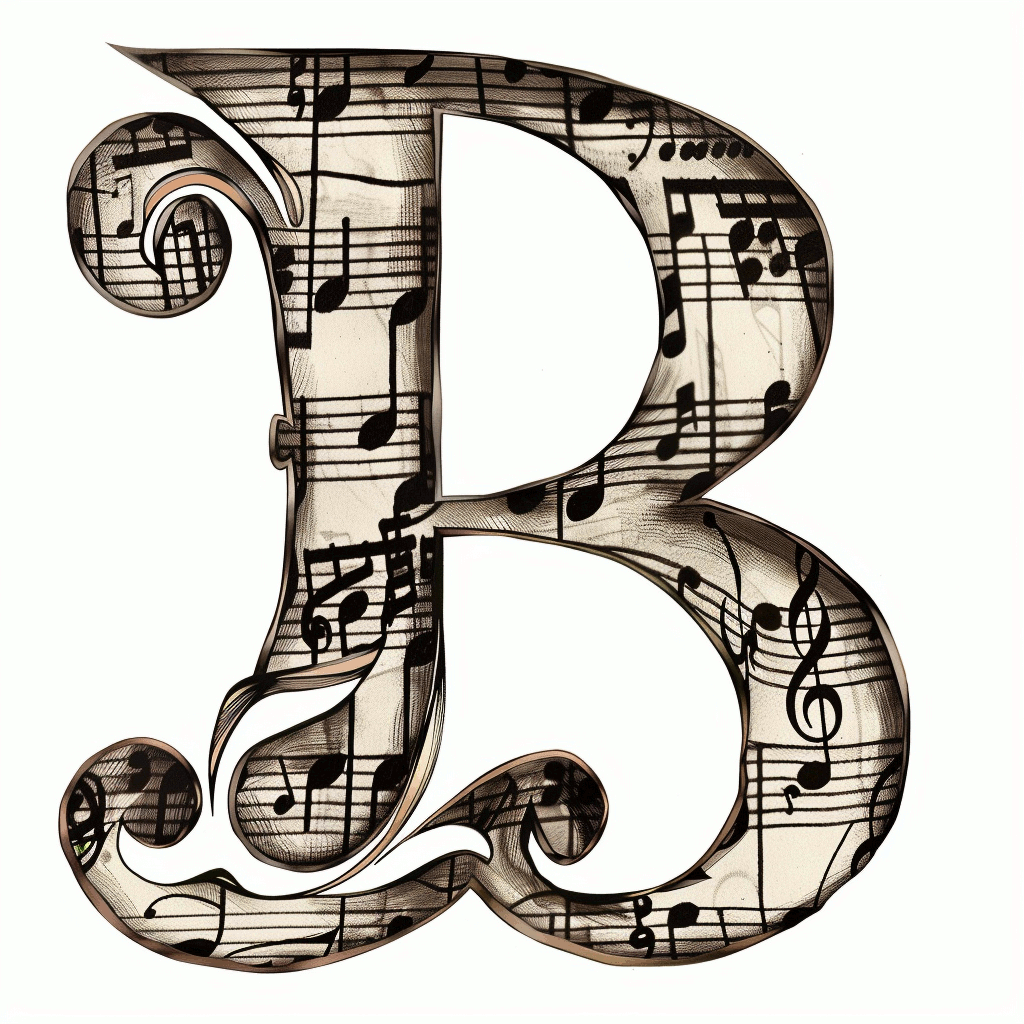Ever wondered how Gary Moore achieved that soul-stirring tone that made "Parisienne Walkways" a blues-rock legend? The 1979 masterpiece showcases Moore's virtuosity through his Gibson Les Paul and Marshall amplifier setup, with the iconic opening notes performed on the neck pickup establishing an emotionally charged atmosphere. His masterful command of hammer-ons, pull-offs, and vibrato techniques, combined with strategic use of effects like the Boss CE-2 chorus and Marshall Guv'nor pedal, creates the signature haunting tone that defines this classic. His deliberate phrasing and technical prowess shine throughout the performance, particularly evident in the E7 progressions and seventh fret slides. Read on to discover the exact gear settings and techniques you'll need to recreate this timeless solo.
The Story Behind The Solo
"Parisienne Walkways" originated in the back of a van when guitarist Gary Moore created its iconic melody.
Moore developed the A minor instrumental composition inspired by Kenny Dorham's "Blue Bossa." The piece transformed when Phil Lynott discovered its potential, adding deeply personal lyrics about his birth year and absent father, which elevated the song to blues-rock prominence. Written during a Belgium trip in 1979, the song would become one of Moore's most enduring compositions.
Technical Brilliance and Guitar Setup
The mastery of "Parisienne Walkways" demands precise equipment configuration and refined playing technique for authentic execution.
A Marshall amplifier connected to a Les Paul guitar creates the foundational tone, enhanced by specific effect pedals including the Guv'nor and Tube Screamer that generate the characteristic sustained sound. During performances, finding the feedback sweet spot requires careful sound-checking and stage positioning with the amplifier.
Musicians achieve optimal feedback through calculated stage positioning and amplifier gain settings, while the song's emotional impact emerges through carefully controlled vibrato movements and precise string bending techniques. Moore's masterful phrasing throughout the solo demonstrates his exceptional ability to convey deep emotion through his guitar work.
Iconic Opening Notes
Gary Moore's "Parisienne Walkways" begins with one of rock's most iconic guitar solos, featuring haunting melodic phrases.
The guitar introduction connects Moore's technical mastery with deep emotional expression. The melody flows through precise hammer-ons and pull-offs while his vibrato technique adds depth and character.
His guitar work combines carefully executed bends with fluid slides, creating an intimate musical atmosphere that displays both technical excellence and artistic sensitivity. Using a neck pickup with volume, he achieves the signature dark, rich tone that defines the song's opening.
The thoughtful pacing and control demonstrate why this opening passage has become a benchmark of expressive rock guitar playing.
Building The Solo's Momentum
The solo's momentum in "Parisienne Walkways" is built through Gary Moore's masterful combination of scales, techniques, and emotional expression.
Moore harnesses natural minor and harmonic minor scales across the composition, with particular emphasis during E7 chord progressions to establish a powerful base.
His technical mastery shines through his use of double stops and precise bends, while his signature vibrato infuses deep emotion into each phrase. The intro's distinctive slide at seventh fret sets the tone for the entire piece.
The deliberate control of his phrasing choices maintains a constant forward momentum throughout the solo, creating a compelling musical journey that balances technical skill with emotional depth.
Bending and Vibrato Mastery
Gary Moore's mastery of guitar bending and vibrato techniques is best exemplified in his legendary performance of "Parisienne Walkways."
Moore's guitar technique blends powerful double-stop bends with exceptional finger control, creating his distinctive sound. His vibrato approach relies on fluid, measured oscillations that produce vocal-like qualities in his playing.
The combination of these techniques appears most prominently during sustained notes and emotive sections, where Moore's command over pitch variations and dynamic expression reaches its peak, demonstrating his technical excellence and musical sensitivity. His aggressive style is enhanced through fast scale runs that seamlessly integrate with his emotional bending techniques.
Essential Guitar Gear and Tone
Gary Moore achieved his iconic "Parisienne Walkways" tone through a specific combination of guitar, amplifier, and effects pedals.
The foundation came from his famous 1959 Gibson Les Paul Standard, which had belonged to Peter Green before him, connected to his Marshall 1959 Super Lead amplifier paired with a 1960BX cabinet. For his live performances, he relied heavily on two JCM 2000 DSLs.
Moore's effects chain featured carefully selected Boss pedals, with the CE-2 chorus and DS-1 distortion playing key roles, while a Marshall Guv'nor pedal provided additional tonal coloring that completed his signature sound.
Practice Tips and Learning Approaches
The key to mastering Gary Moore's "Parisienne Walkways" solo lies in developing a systematic practice routine.
The solo demands deliberate sectional analysis, beginning with the melodic foundation before adding complex techniques. The guitarist must work with the core melody as the primary focus, then integrate precise string bends and controlled vibrato.
A metronome-guided practice schedule starting at reduced speeds ensures proper technical development and timing accuracy. The unique progression from F to B minor 7 flat 5 requires extra attention to maintain smooth transitions while keeping the open D string ringing.
Musicians benefit from documenting their practice through recordings, which enables critical assessment and targeted improvement of specific passages.
